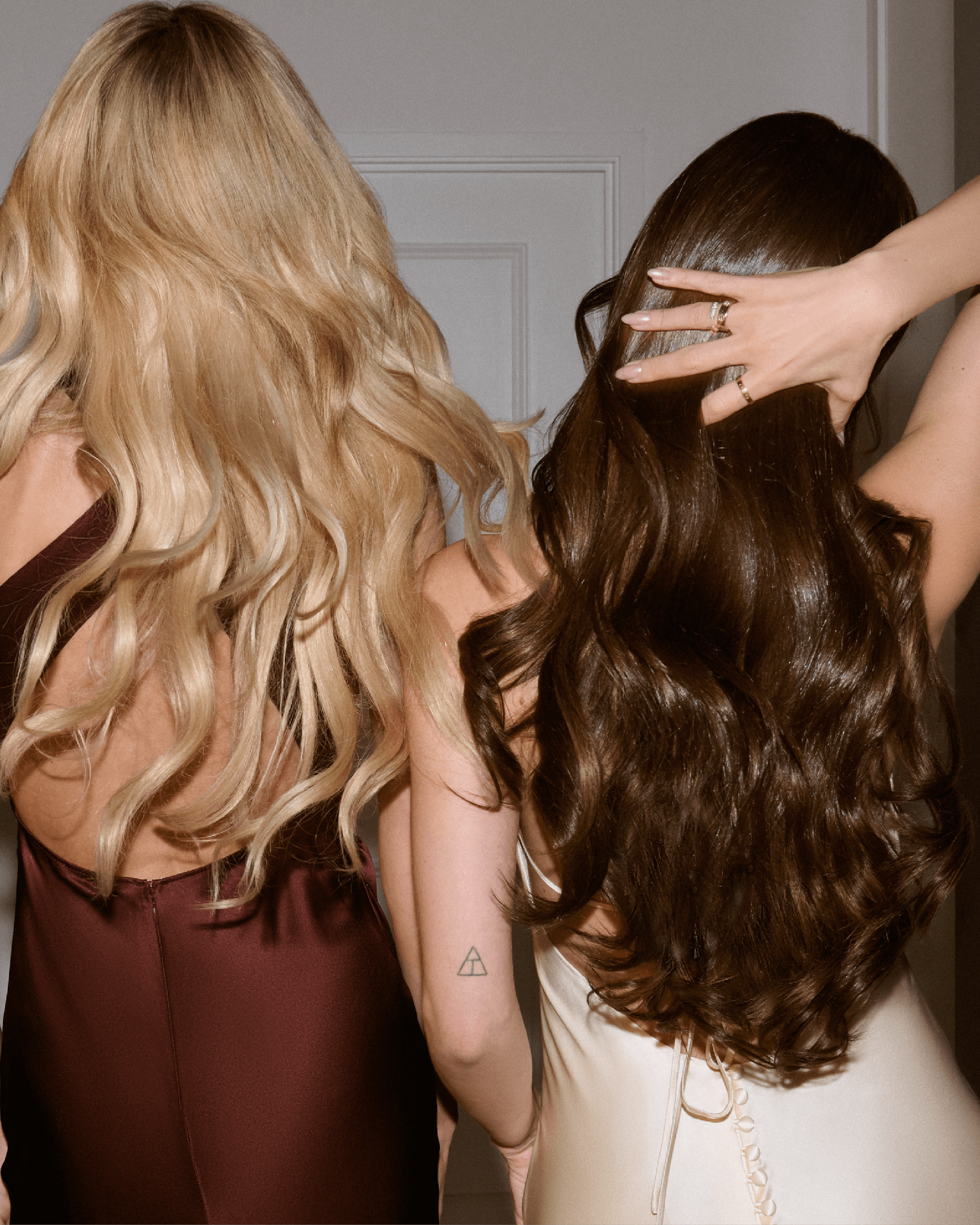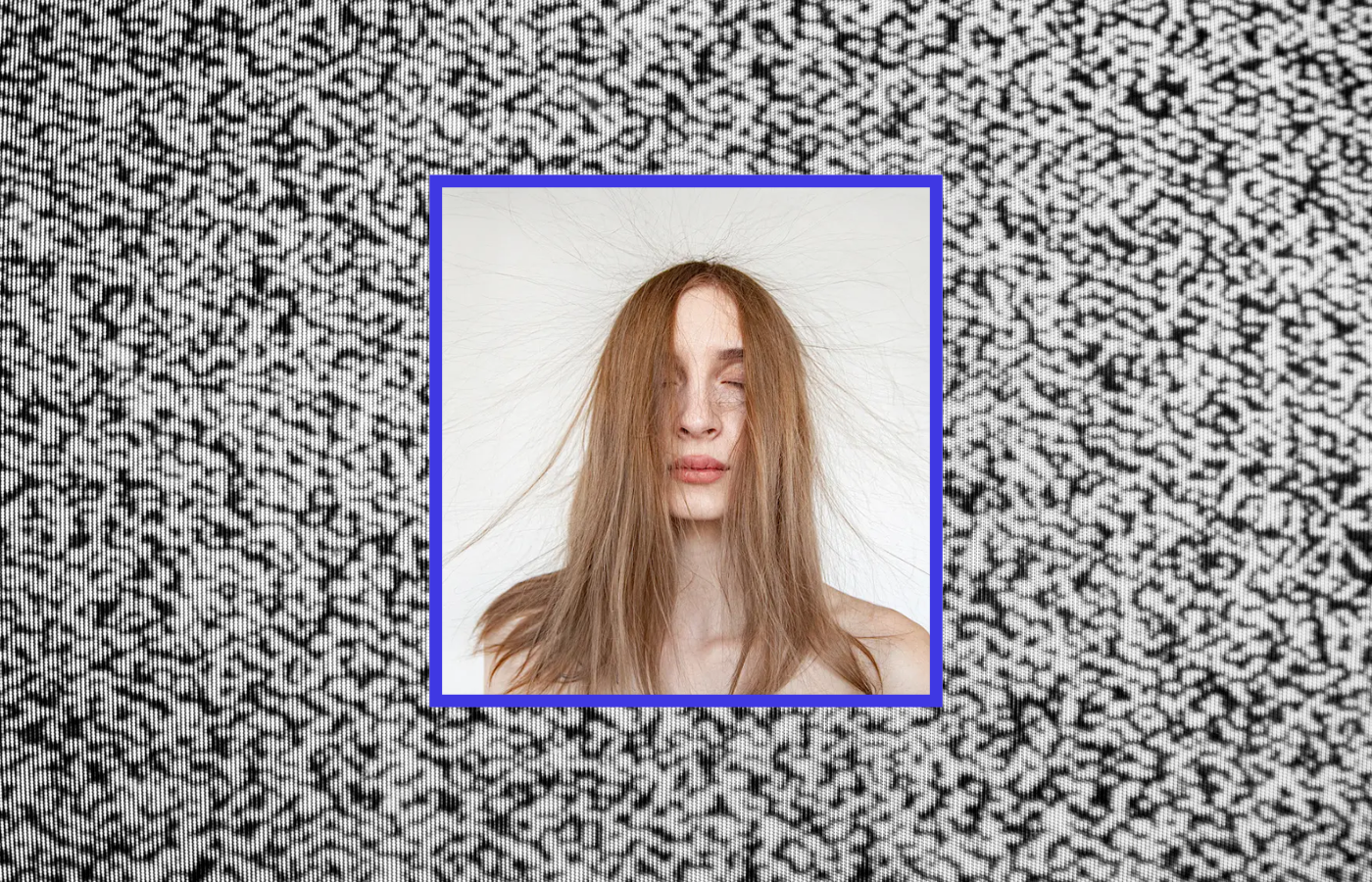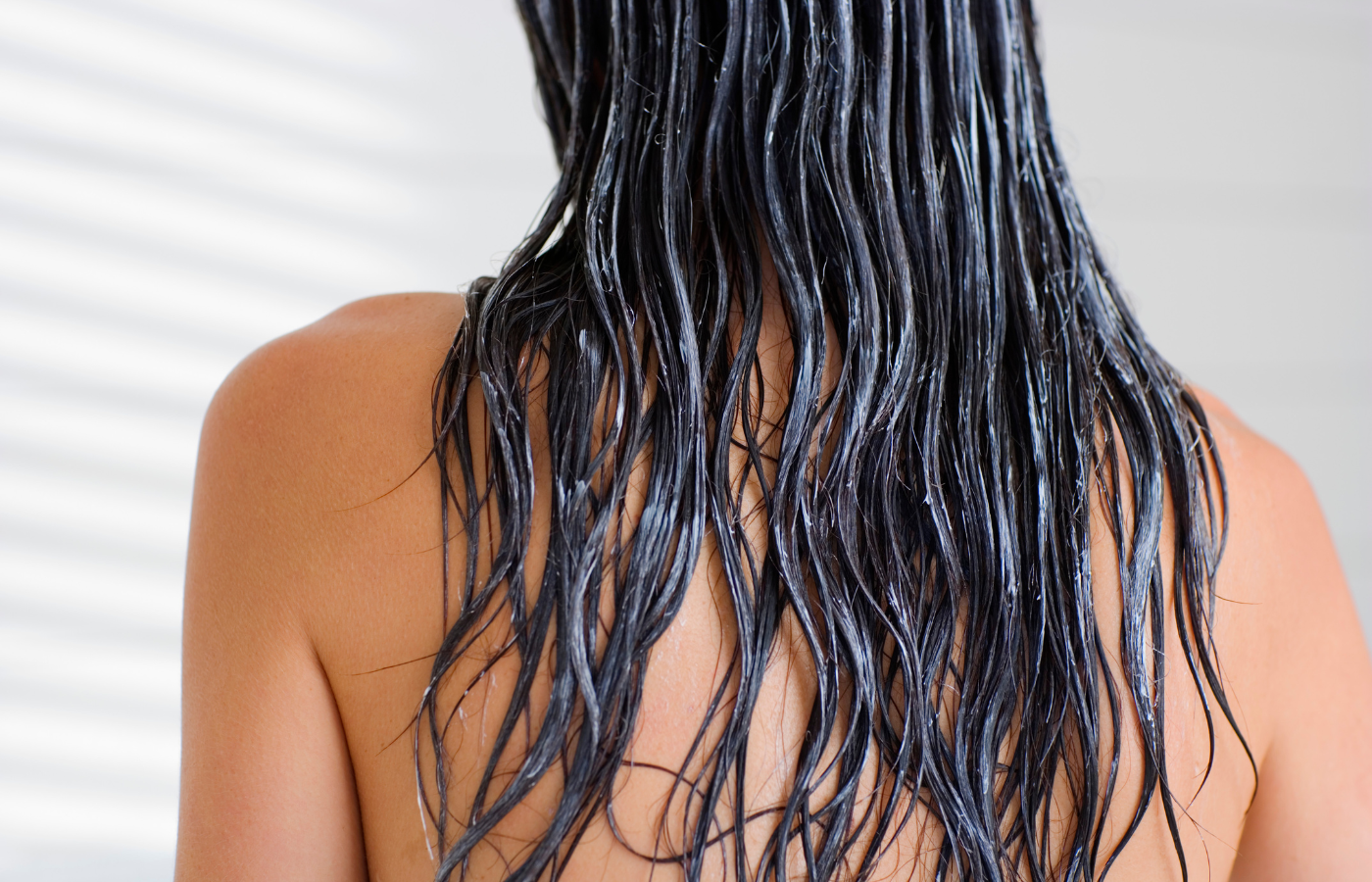The Highlights
- Aloe vera hair masks suit all hair types and textures. It's especially beneficial to those with dry and damaged hair.
- You don't have to spend a lot to create your own aloe vera hair mask. Store-bought aloe vera is affordable, or if you have an aloe plant you can extract gel from it.
- Aside from making an excellent hair treatment, aloe vera gel's soothing and anti-inflammatory properties make it one of the best products to treat sunburns and other minor skin irritations and redness.
- A DIY hair mask doesn't have any preservatives, so place any leftover aloe mask in an airtight container in the fridge and use it ASAP.
Aloe vera is one of those best-in-everything ingredients. It's been used for centuries due to its healing properties (it can soothe minor burns or redness quickly).
Now, aloe vera hair masks are everywhere because it's proven to help moisturise dry hair and help hair regrow. It's even become a go-to face and body moisturiser for those who live in tropical climates!
It's been a staple in my house since I can remember. I use store-bought aloe vera gel to moisturise my arms and legs in the summer because it's so cooling. I have a plant nearby in case I burn myself with hot coffee again. And, I've been using Garnier Fructis' Hair Food Aloe Vera Mask for years now because it just leaves my hair so soft and smooth.
But, when I discovered this DIY aloe vera hair mask recipe on Tiktok, I knew I had to try it. And the results were just as good as my go-to hair mask!
DIY-ing something can be scary, but you won't have that problem with this aloe vera hair mask—it's so easy to make!
Read on for an aloe vera hair mask you can make at home.
Aloe Vera Gel vs Natural Aloe Vera
First, what's the difference between the aloe vera gels you find at the supermarket and the aloe vera you get from plants?
Depends on where you buy it. Aloe vera is so popular that many brands make and sell the gel.
K-beauty brands like Nature Republic have a 92% Soothing Aloe Vera Gel—the remaining 8% being other skincare ingredients to make it more hydrating and soothing.
On the other hand, if you go to natural or organic supermarkets, you can find 100% aloe vera gel there. It's the same thing as natural aloe vera, except you're not directly getting it from the plant anymore.
So, it all depends on your preference. Having your own aloe plant definitely makes it more cost-efficient as you can get pure aloe vera gel whenever you like.
Read Next: 5 Ways To Get Heatless Waves Overnight
Aloe Vera Hair Benefits
If you've never tried aloe vera on your hair, trust me, one use will convert you. Aloe vera is rich in vitamins, minerals, and enzymes which can all contribute to healthy hair.
Aloe vera is an anti-inflammatory ingredient that instantly calms and soothes the scalp and any irritation caused by sensitivities or dandruff. If it can treat your bad sun burn, what more your red, itchy scalp?
Plus, it's rich in water and is a humectant, making it deeply hydrating for your hair. It helps attract and bind water to your strands, leading to more shine and less damage.
Read Next: How To Get Rid Of Static Hair At Home
Who Can Use Aloe Vera on Their Hair?
Anyone who wants extra hydration! Whether you have thin hair or thick hair, curly, wavy, straight, you can reap the benefits of aloe vera on your hair.
If your hair is particularly damaged with a dry, flaky scalp, adding an aloe vera hair mask to your weekly routine will be a godsend.
Read Next: 10 Cute Bun Hairstyles That Will Wow Wherever You Go
How Often Should You Use an Aloe Vera Hair Mask?
Depending on how dry or damaged your hair is, keep it at once or twice a week only. Why? Too much of something good can become bad.
There's no doubt hair masks are rich and nourishing, but using them often can make your hair look oily and turn your scalp into a hotbed for bacteria and yeast to grow. No one wants that!
Trust me when I say, hair masks are the type of product where less is definitely more.
Read Next: The Leave In Conditioner DIY That Seriously Helps Hair
How to Make an Aloe Vera Hair Mask

This DIY hair mask recipe is for only one to two uses. Given that it's homemade and you won't be using any preservatives, don't make this in bulk. You wouldn't want your hair mask to go bad before you get a chance to use it.
If you have leftovers, stick it in an airtight container and leave it in the refrigerator and use it the following week.
Ingredients:
- 1 Aloe Vera leaf or 3-4 tablespoons of store-bought 100% aloe vera gel
- 6-8 tablespoons of your occlusive oil of choice (argan oil, coconut oil, or olive oil)
How to make:
- If you're opting for an aloe vera leaf, extract the gel from the leaf. Make sure you have about 3-4 tablespoons worth of gel.
- If you're going for store-bought, place the gel in a small bowl.
- Add the oil! Since it's an occlusive oil, it ensures all the hydration your hair absorbs from the aloe vera won't disappear. Plus, argan oil, coconut oil, and olive oil each have hair nourishing properties.
Read Next: The 10 Best Silk Pillowcases In Australia
How to Use Your DIY Aloe Vera Hair Mask
For overall hair and scalp health, follow this process:
- Once a week, after shampooing and rinsing your hair, section your hair and apply the mask starting on your scalp.
- As soon as your whole scalp is covered, apply the remaining aloe vera hair mask on the middle to the ends of your hair.
- Leave the hair mask for 10-15 minutes. If you have a shower cap, cover your hair with it to ensure the mask deeply penetrates each strand.
- Rinse it well with water and proceed with conditioning your hair from the middle to the ends.
- Rinse the conditioner well.
- Apply a leave-in conditioner or hair oil for extra smoothness and shine. If you'll style your hair, apply a heat protectant spray before going in with your halo hair extensions!
If you're ever in a pinch—like, your favourite hair treatment is out of stock or you forgot to bring a hair treatment while on vacation—now you have an easy-to-do recipe that'll treat dry, damaged strands while caring for your scalp.






